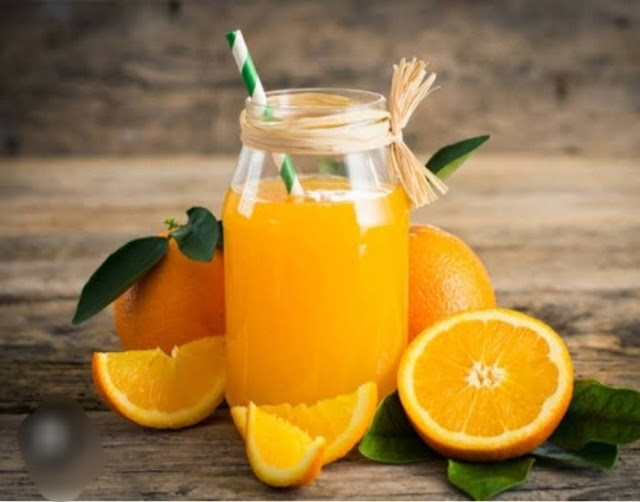Featured
- Get link
- X
- Other Apps
beauty influencers and technology

The Rise of Beauty Influencers
Beauty influencers have gained significant traction in
recent years with the rise of social media podia like Instagram, YouTube, and
TikTok. These digital content creators have amassed large followers, becoming
powerful voices in the beauty industry. Their expertise, creativity, and
relatability have earned them the trust and loyalty of their followers.
Technology as a Catalyst for Creativity
Technology has provided beauty influencers with innovative
tools and platforms to unleash their creativity and connect with their spectators
in new and exciting ways. Augmented reality (AR) makeup try-on tools, for
instance, have revolutionized how consumers experience beauty products. By
leveraging AR technology, influencers can showcase different makeup looks
virtually, allowing their followers to try them out before purchasing.
In addition, video editing software has become increasingly
accessible, enabling influencers to produce high-quality, visually appealing
content. From intricate makeup tutorials to product reviews, influencers can
captivate their audience with engaging and professionally edited videos.
Bridging the Gap Between Influencers and Consumers
Technology has also bridged the gap between beauty
influencers and consumers, fostering a more intimate and interactive
relationship. For example, social media platforms serve as a virtual meeting
ground, enabling influencers to engage directly with their followers through
comments, direct messages, and live streaming.
Moreover, influencer-driven e-commerce has witnessed
tremendous growth. Many influencers have launched their beauty brands or
collaborated with existing ones, leveraging their expertise and credibility to
curate and promote products. Through social media and influencer-specific
discount codes, consumers can easily access and purchase these products,
blurring the line between influencer recommendations and consumer choices.
The Era of Virtual Beauty
Virtual reality (VR) and augmented reality (AR) technologies
have given rise to virtual beauty experiences. Virtual beauty apps and filters
allow users to experiment with various makeup looks, hairstyles, and skincare
routines. Beauty influencers have harnessed these technologies to create
engaging and immersive experiences for their followers.
Beyond makeup try-on tools, AR and VR have extended to
skincare consultations. Virtual skincare analysis, often conducted through
specialized apps, provides personalized recommendations based on users' skin
types and concerns. Beauty influencers can collaborate with these apps to offer
expert advice and guide their followers toward suitable skincare regimens.
The Ethical Responsibility of Beauty Influencers
As beauty influencers continue influencing consumer choices,
ethical considerations have become increasingly important. In addition, the
advent of technology has raised concerns surrounding image manipulation,
unrealistic beauty standards, and product authenticity.
In response, influencers are embracing transparency and
authenticity. Many promote body positivity, showcasing diverse beauty standards
and advocating inclusivity. Additionally, influencers partner with brands that
align with their values and promote sustainable and ethical beauty practices.
Conclusion
The intersection of beauty influencers and technology has
revolutionized the beauty industry, giving rise to new possibilities and
shaping consumer experiences. With augmented reality, virtual reality, and
social media platforms at their disposal, influencers are redefining
creativity, accessibility, and engagement. However, as the influence of beauty
influencers
- Get link
- X
- Other Apps

